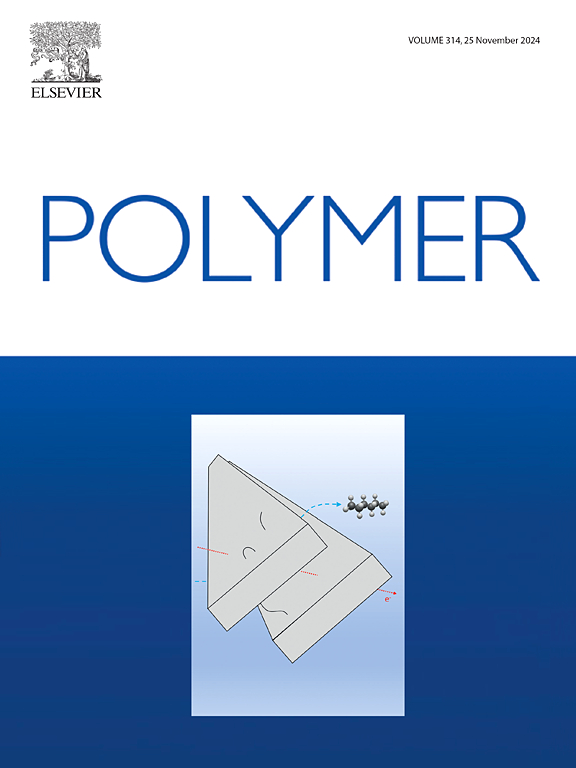Polypropylene-based phase change films with enhanced optical properties achieved by hydrophilic coating for remarkable cooling performance
IF 4.1
2区 化学
Q2 POLYMER SCIENCE
引用次数: 0
Abstract
Heat waves, increasing in frequency, pose significant risks to human health and economic stability. Traditional personal cooling technologies, such as Heating Ventilation and Air Conditioning (HVAC) systems, are energy-intensive and contribute to greenhouse gas emissions, necessitating the development of energy-efficient alternatives. Radiative cooling fabrics (RCFs) could be an ideal method for personal thermal management, while conventional petroleum-based fabrics exhibit low reflectivity and emissivity, limiting their cooling performance. This research introduces hybrid cooling films by incorporating phase change capsules (PCCs) into polypropylene (PP) films treated with a lysozyme-phytic acid coating to enhance hydrophilicity. The resulting RCFs demonstrated significantly improved reflectivity, emissivity and a high latent heat of 108.63 J/g, achieving a cooling performance of 4.62 °C. These findings highlight a scalable approach for manufacturing advanced textiles, contributing to more efficient thermal management strategies in response to rising global temperatures.


求助全文
约1分钟内获得全文
求助全文
来源期刊

Polymer
化学-高分子科学
CiteScore
7.90
自引率
8.70%
发文量
959
审稿时长
32 days
期刊介绍:
Polymer is an interdisciplinary journal dedicated to publishing innovative and significant advances in Polymer Physics, Chemistry and Technology. We welcome submissions on polymer hybrids, nanocomposites, characterisation and self-assembly. Polymer also publishes work on the technological application of polymers in energy and optoelectronics.
The main scope is covered but not limited to the following core areas:
Polymer Materials
Nanocomposites and hybrid nanomaterials
Polymer blends, films, fibres, networks and porous materials
Physical Characterization
Characterisation, modelling and simulation* of molecular and materials properties in bulk, solution, and thin films
Polymer Engineering
Advanced multiscale processing methods
Polymer Synthesis, Modification and Self-assembly
Including designer polymer architectures, mechanisms and kinetics, and supramolecular polymerization
Technological Applications
Polymers for energy generation and storage
Polymer membranes for separation technology
Polymers for opto- and microelectronics.
 求助内容:
求助内容: 应助结果提醒方式:
应助结果提醒方式:


